The Math Behind Horse Racing Strategies: Odds & Probabilities

Many people say that horse racing is one of the most unpredictable sports in the world, and it is kind of true. But why it is so unpredictable?
Well, many factors determine the winner of the race, and most of these factors are changing meaning that it is hard to come up with a rock-solid probability. So, is there a math behind calculating the odds and probabilities? Yes, but it doesn’t always work.
For example, we’ve seen many cases where people have added a large amount of data into a supercomputer paired with AI and they gave the AI a task to predict the winner of the British Champion Stakes at the Royal Ascot.
The computer predicted that Calandagan would win the race, but it finished second and the race was won by Anmaat, who was the fourth contender in the AI prediction. We also made the same mistake with an AI at the Cheltenham Festival 2024.
So, if AI cannot predict a horse race even with all the data, what is the possibility for a human to calculate the probability and make an accurate bet every single time? Pretty low.
However, calculating the probability in sports betting, particularly horse racing, isn’t about winning every single bet. It is more about managing risk and improving your winning chances.
Therefore, let’s learn more about the math in calculating horse racing probabilities.
How Do Odds Work in Horse Racing?
Odds are the numbers you see next to the horse’s name. At first glance, they may look random, but they are far from it. These odds represent the likelihood of a horse winning and they will tell you how much you’ll earn if you bet on the horse.
The odds are basically a sneaky way for sportsbooks to tell you the likelihood of a horse winning the race. So, why aren’t they percentages, like an 85% chance of winning?
Well, two reasons. First of all, this will give away the sportsbook probability, which can push people away from betting since they’d know that there is a low probability of winning, and secondly, percentages cannot tell you how much money you’d end up earning if you make a winning bet.
That’s why we have fractional odds and decimal odds.
For example, fractional odds like 5/1 mean that for every $1 you bet, you win $5 (plus your original bet).
On the other hand, decimal odds, are more straightforward and are used more commonly in Europe. They tell you the total return where you can just multiply your money with the odds you see. For example, if the odds for a horse running at the Kentucky Derby are 6.00, this means that if you bet $10, you’ll end up winning $60.
Since we are on the topic of Kentucky Derby, make sure to take advantage of the Kentucky Derby promo code and get that bonus money for the upcoming race.
Unlike a fixed-odds system, where sportsbooks set and adjust lines, horse racing odds operate on a parimutuel system. This means odds shift based on how much money is wagered on each horse. The more people bet on a horse, the lower its payout. It’s a supply-and-demand system that reflects collective public perception, rather than an inherent statistical probability.
Probability and Expected Value (EV) in Betting
While odds provide insight into payout potential, probability tells us the actual likelihood of a horse winning. Converting fractional odds into implied probability is simple:
Implied Probability (%) = (Denominator / (Numerator + Denominator)) × 100
For example, 5/1 odds imply a (1 / (5+1)) × 100 = 16.67% chance of winning. If you believe a horse has a higher true probability—say, 25%—then you’ve spotted a value bet. This is where Expected Value (EV) comes in.
EV is a bettor’s best friend. It calculates the expected return of a wager over the long run. The formula:
EV = (Probability of Winning × Payout) – (Probability of Losing × Bet Amount)
If a $10 bet on a 5/1 horse has a 25% chance of winning, the calculation would be:
EV = (0.25 × 50) – (0.75 × 10) = 12.50
A positive EV means the bet is mathematically favorable in the long run. Sharp bettors only place bets when EV is positive, rather than betting based on gut instinct.
What Does Handicapping Mean in Horse Racing?
Handicapping is where the math meets the eye test. It’s the process of analyzing horses, jockeys, and track conditions to predict outcomes. Many serious bettors use speed figures, past performances, and pace analysis to refine their selections.
- Speed Figures: These normalize a horse’s past performances to account for track differences. A horse with a 100-speed rating at Churchill Downs and a 98 at Belmont Park is more reliable than raw race times alone suggest.
- Pace Analysis: Some horses thrive as front-runners, while others are closers who accelerate late. Understanding how a race will unfold help bettors identify potential overlays—horses with higher true chances than their odds suggest.
- Track Bias & Weather Conditions: Some tracks favor inside lanes or dry conditions. A deep dive into past data can reveal hidden trends that casual bettors overlook.
Bankroll Management and Kelly Criterion
Even the best betting strategies fail without proper money management. Bankroll management ensures you don’t blow through your funds on a losing streak. A popular approach is the Kelly Criterion, which dictates how much of your bankroll to wager based on your perceived edge.
The formula:
Bet % of Bankroll = (Edge / Odds)
If you believe a horse has a 30% chance to win but the market assigns only a 20% chance (via odds), then you bet accordingly. This strategy prevents reckless betting while maximizing long-term gains.
Can AI and Big Data Help?
Mathematics in horse racing isn’t just for humans anymore—AI and big data are revolutionizing betting. But as we’ve mentioned earlier, the system is far from perfect (at least for now).
Algorithms analyze massive datasets, factoring in thousands of variables that human bettors can’t process at once. Some professional gamblers use machine learning models to detect profitable betting opportunities before the public adjusts.
Predictive modeling considers factors like:
- Jockey/trainer performance trends
- Weather impact on different breeds
- Horse fatigue based on past race distances
This data-driven approach helps bettors make decisions grounded in statistics rather than intuition. We just have to wait and see whether there will be a computer or software capable of predicting the races (highly unlikely).
Final Words
Since the odds work on a system where they change based on betting volume, there is a high potential of getting a big win. That’s why in most cases, the horse with the lowest odds (people’s choice) doesn’t necessarily mean is going to win the race.
So, the math behind the horse racing odds can help you improve your betting strategy and hopefully make better and more profitable betting choices.
Related to This Article
More math articles
- The Ultimate HSPT Math Formula Cheat Sheet
- How to Identify the Value of a Digit on Numbers Up to a Billion
- Taylor Series Uncovered: Transforming Functions into Useful Approximations
- Best Laptops for Online Math Teaching
- 8th Grade IAR Math Worksheets: FREE & Printable
- Top 10 PSAT/NMSQT Math Practice Questions
- How to Expand Sigma Notation?
- 4th Grade Common Core Math FREE Sample Practice Questions
- GED Test: Everything You Need to Know
- Praxis Core Math FREE Sample Practice Questions
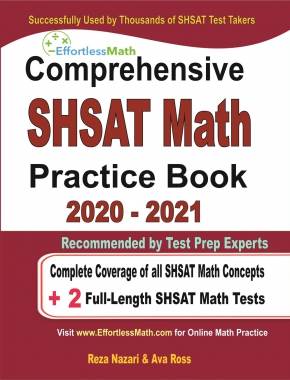

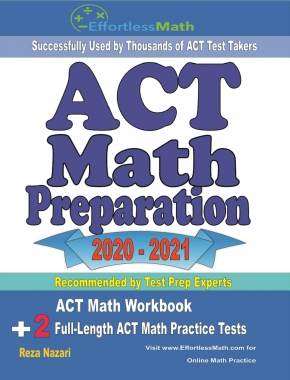
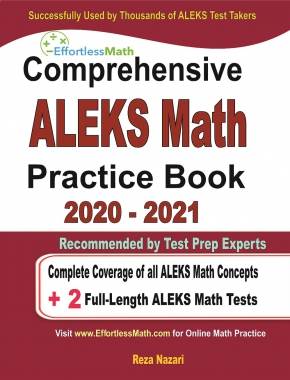
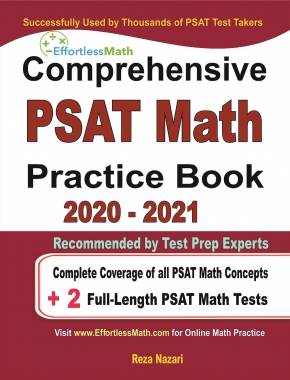
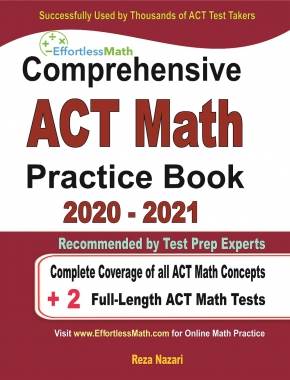
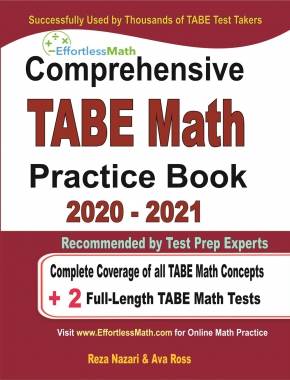
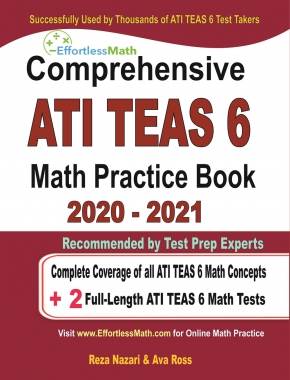

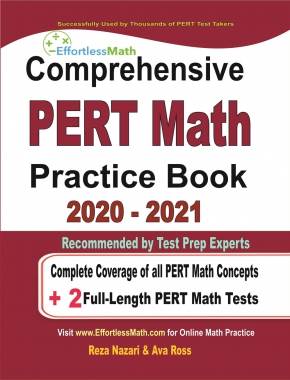
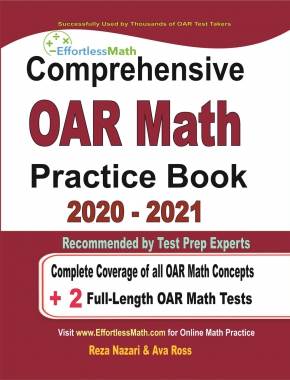
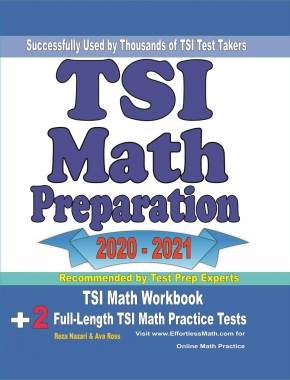
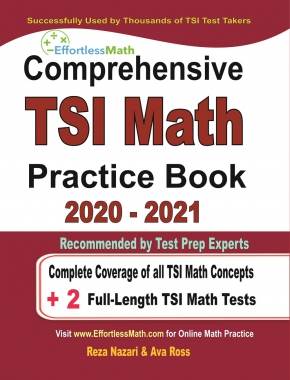
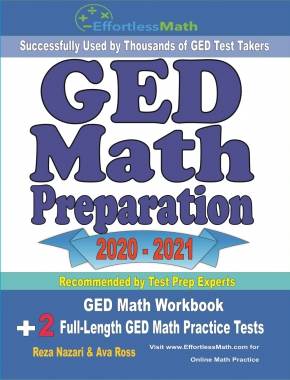
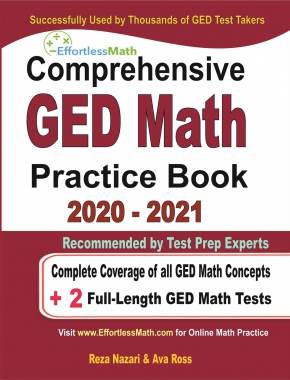

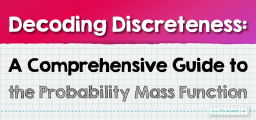


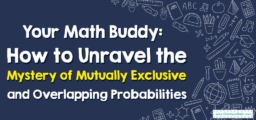
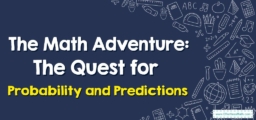
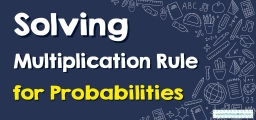

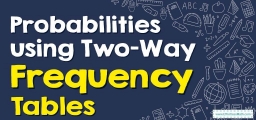

What people say about "The Math Behind Horse Racing Strategies: Odds & Probabilities - Effortless Math: We Help Students Learn to LOVE Mathematics"?
No one replied yet.